The last thing a Windows user wants to see is Blue Screen of Death error on the screen.
BSOD are not only dreadful but they lead to crashing of the system that may result in loss of unsaved work. Many Windows 10 users have complained about receiving a BSOD with a message “KMODE exception not handled”.
The error message is hard to decode and this complicate things further. If you are encountering a similar error on your Windows 10 PC, keep your worries aside as we have listed five easy solutions that might fix the issue.
Let’s learn more about this error before proceeding to solutions.
What is KMODE_EXCEPTION_NOT_HANDLED error?
The KMODE in the error message refers to the Kernel mode in Windows. As we all know Windows Kernel is started during booting of Windows and it creates Paging and virtual memory. Majority of the programs in Windows are launched in Kernel mode.
When applications overwrite in each other memory allocation, it results in crashing of the application and sometimes Windows operating system also crashes.
Such scenarios can result in BSOD with the message KMODE_EXCEPTION_NOT_HANDLED.
There can be several causes of such error such as faulty RAM, driver issues, corrupt application installation, and hardware compatible issues. Here we have listed five solutions to fix the issue. You are not required to try all of them. The best way to start is to try troubleshooting steps in Solution One. If that doesn’t work for you, try the next solution and so on.
Solution One – Disable Fast Startup
The fast startup sounds like a useful feature to save time but it does not work well in all scenarios. In many cases, fast startup is detrimental to computer’s speed and its way of working may lead to BSOD’s as well.
When you have fast startup enabled, the Windows 10 does not perform a complete shutdown. Instead, it saves the state of the operating system on the hard disk and locks it. When you restart the computer, it only refreshes the RAM with the hibernated image of earlier session.
In Fast Startup mode, Windows does not load Kernel and drivers like it does in normal boot mode. Many times the hibernated image of Windows gets corrupted due to some reason that leads to BSOD errors like KMODE_EXCEPTION_NOT_HANDLED.
A simple solution to this problem is disabling the Fast Startup option. When you disable fast startup option, Windows operating system is forced to load Windows Kernel and drivers afresh and this might resolve the issue.
Here are the steps to follow.
- Click Start and type control panel in the search box
- Click Control Panel from the list of search results
- In the Control Panel window, Set the view by to Large Icons
- Click Power Options
- In the Power Options window, click Choose what the power button does
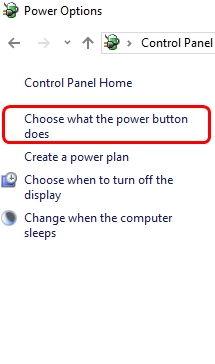
- Click Change settings that are currently unavailable
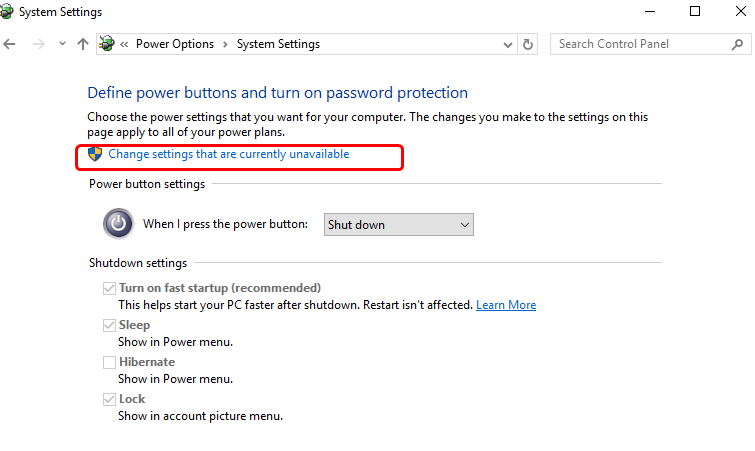
- Un-check the box corresponding to Turn on fast startup (recommended)
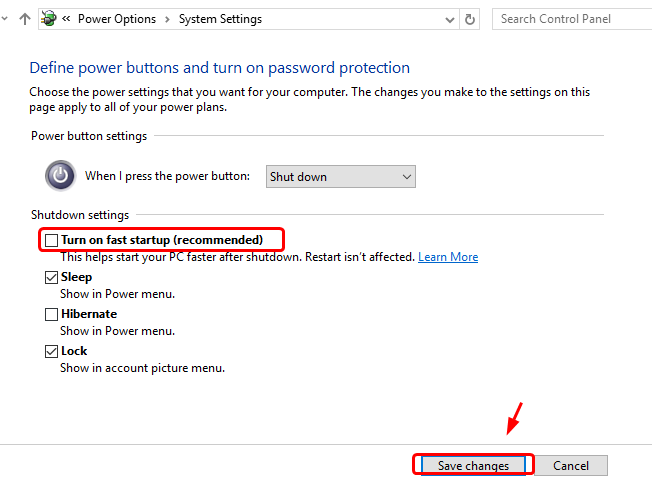
- Click Save changes to save and exit.
Restart your computer and see if the error is resolved. If it still persists, move to next solution
Solution Two –Update problematic drivers
Problematic drivers can also cause KMODE_EXCEPTION_NOT_HANDLED BSOD error.
The best way to fix the issue is such a case is by updating your device drivers. How can you do that?
Updating Drivers Automatically
Automatic driver update tools offer many benefits, the most important ones being:
- You can update device drivers automatically
- The software scans and updates all outdated or missing drivers at one go
- The tool picks the right drivers for your device and operating system, so you won’t have to worry about installing an incorrect driver by mistake
- Automatic driver updates are 100% safe
Driver Updater is one of the best driver update tools out there. Outbyte Driver Updater will give you access to a database of over 1 million drivers. It will regularly scan your PC, suggesting new driver versions to install. Driver Updater contains drivers for a variety of Windows devices. With just one click, you can update drivers in your system.
Step 1
Click here to Install and launch the app
Step 2
Scan all devices
Step 3
Install or update drivers automatically
Solution Three-Check RAM for faults
If you are encountering KMODE_EXCEPTION_NOT_HANDLED BSOD error, you cannot rule out possibility of some problem with physical RAM installed in your computer.
You can clear your doubt by running the Windows memory diagnostic tool that checks physical RAM for any faults. Here are the steps to follow.
- Press Windows key + R simultaneously on the keyboard to bring up the Run command console
- In the Run command window, type mdsched.exe and click OK
- You see two options – Restart now and check for problems (recommended)or Check for problems the next time I start my computer
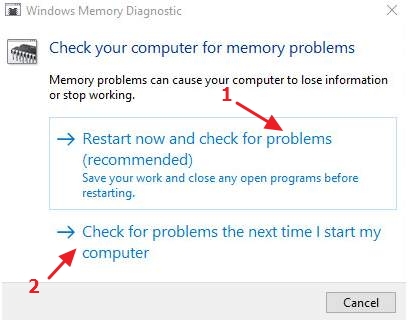
- To run Windows memory diagnostic tool immediately, select Restart now and check for problems (recommended)
- To run Windows memory diagnostic tool at next restart, select Check for problems the next time I start my computer
- When the Windows runs Windows memory diagnostic tool, you can see the progress and the errors encountered by the Windows memory diagnostic tool on the screen.
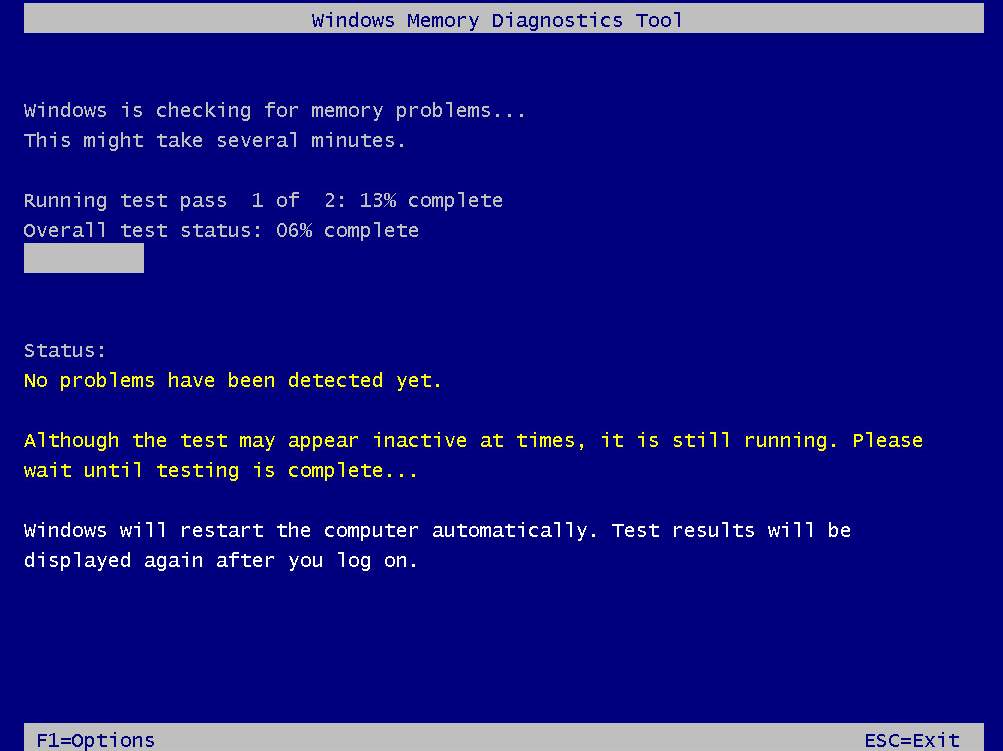
- The computer will reboot after completion of Windows memory diagnostic test. When you log on, you can see the test result.
If the Windows memory diagnostic test result is clear, you can conclude the physical RAM is not the cause of KMODE_EXCEPTION_NOT_HANDLED BSOD error. In that case, move to next solution to resolve the issue.
Solution Four – Uninstall problematic application/hardware
Step 1 – Uninstall problematic application
If you are encountering this error after installing an application, there is a possibility the application is not compatible with Windows 10 or the installation files are corrupt.
In that case, you need to remove the program from your computer and see if it fixes the issue. Here are the steps to follow.
- To open Run command window, press Windows logo key and R simultaneously on the keyboard
- In the Run command box, type cpl and click OK
- Click problematic program and then click Uninstall
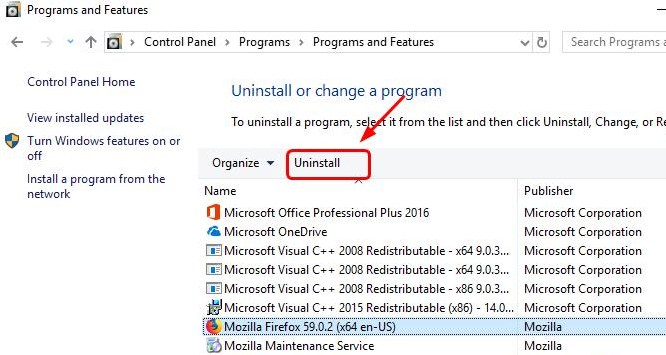
- You need to restart the computer after problematic program from your computer.
Do you still get the KMODE_EXCEPTION_NOT_HANDLED BSOD error? If the error persists, go to next step.
Step 2 – Uninstall problematic hardware
Try to recall if you have installed any hardware recently after which the KMODE_EXCEPTION_NOT_HANDLED error started appearing.
You need to uninstall such hardware through Device Manager. Here are the steps to follow.
- Press Windows logo key and R simultaneously to bring up Run command
- In Run command box, type msc and click OK
- In the Device Manager, expand categories and look for device with red cross or yellow exclamation mark
- When you find problematic device, right-click on it and select Uninstall
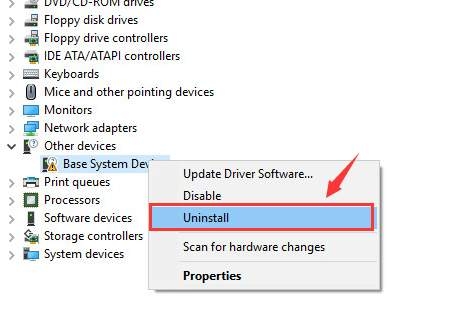
- Follow any on-screen instructions if any to remove the device from your computer
Restart your computer and see if you still encounter KMODE_EXCEPTION_NOT_HANDLED error. If the issue persists, move to next solution.
Solution Five – Check hardware compatibility of your Windows PC
If the KMODE_EXCEPTION_NOT_HANDLED error is not resolved after trying all four solutions in this post, there is a possibility your PC does not meet the minimum hardware requirements to run Windows 10.
You can check the hardware compatibility information for Windows 10 by going to Windows 10 Specifications & Systems Requirements page.
The error should be resolved by now. Do let us know which of these solutions worked for you by leaving us a comment. Thanks!

Leave a Reply